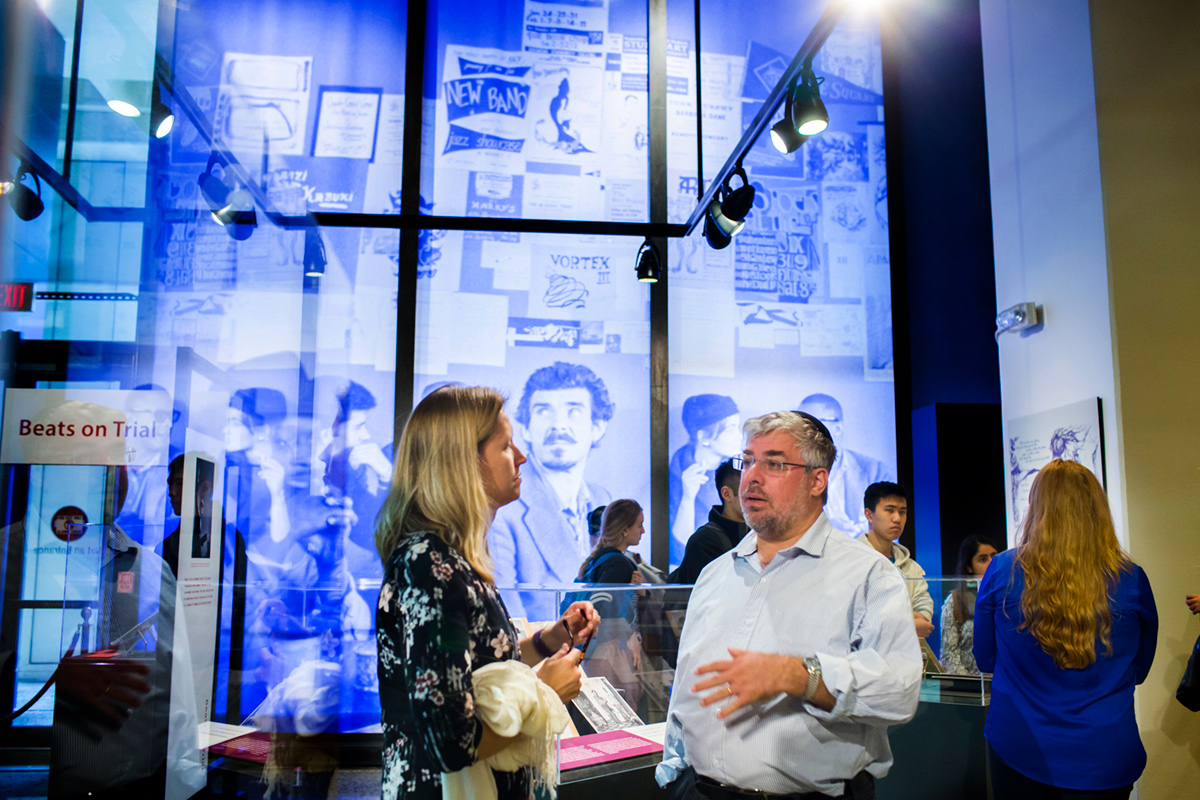In Class: Non-Traditional Approach

Kay Hinton
Course Title
REL 100: Illness, Suffering, and Healing
Course Description
Historically, a 100-level intro to religion course sticks with traditions. But what about a more organic approach derived from universal human experiences? “Making the distinction between Western and Eastern religions doesn’t work as well as we used to think it did. More profoundly, there is a sense that maybe the notions of discrete, coherent, bounded religion is not the only or best way to teach introduction to religion,” says Associate Professor of Religion and Jewish Studies Don Seeman. This course explores the human condition through the prism of religious life as it intersects with suffering and illness. Case studies include practices of healing, such as prayer, anointing, and religio-medical rituals; the AIDS and infectious disease pandemics; contemplative practices; and cases of genocide and political violence. The idea is to help students draw connections using a broad area of human experience—to which every religious tradition must respond.
Faculty CV
The course is co-led by Seeman and Bobbi Patterson. Seeman holds joint appointments as an associate professor in Emory College Department of Religion and the Tam Institute for Jewish Studies. An anthropologist by training, his research interests include the anthropology of experience and phenomenology of religion, modern Jewish thought and mysticism, medical anthropology, and the ethnography of contemporary Israel. Patterson is professor of pedagogy in the American Religious Cultures concentration within the Laney Graduate Division of Religion (GDR). Trained in feminist theory intersecting with psychoanalytic theory and constructive theology, her current research and teaching focuses on comparative contemplative practices and pedagogies often related to questions of place and thriving/sustainability. GDR teaching assistants include Emmy Corey 13MDiv 24PhD, Cara Curtis 24PhD, and Rachel Fuller Wrenn 24PhD.
Today's Lecture
Wrenn leads a discussion-based class analyzing the religious expressions of suffering through four “lament” Psalms, including Psalms 13, 35, 86, and 88. In addition, students responded to examples of modern religious, and secular music that correlated in some way with the Psalms, including “Humble Me” by Norah Jones and “Devils and Dust” by Bruce Springsteen.
Quotes to Note
“These Psalms, these expressions of suffering, have been connecting with people for millennia. But they are from thousands of years ago, so we have to dig down under the text to get to the context.”—Rachel Fuller Wrenn
Students Say
“I am an anthropology major interested in going into health care, and the cultural and religious experience of suffering often goes along with the physiological experience of suffering. In order to be a good physician or health care worker, you have to understand the experience of psychological suffering as well, not only the biological.”—Gordon Hong 18C


